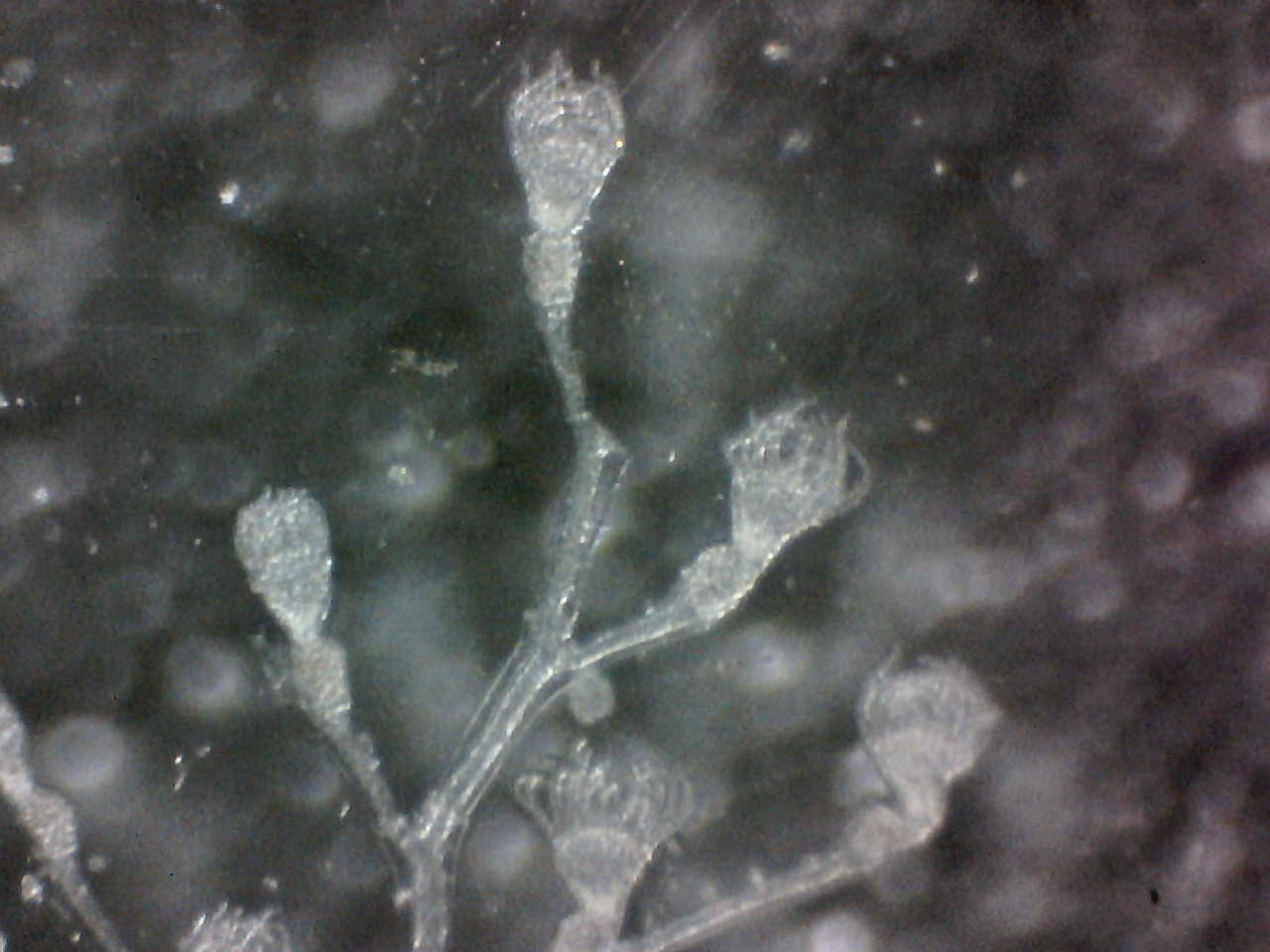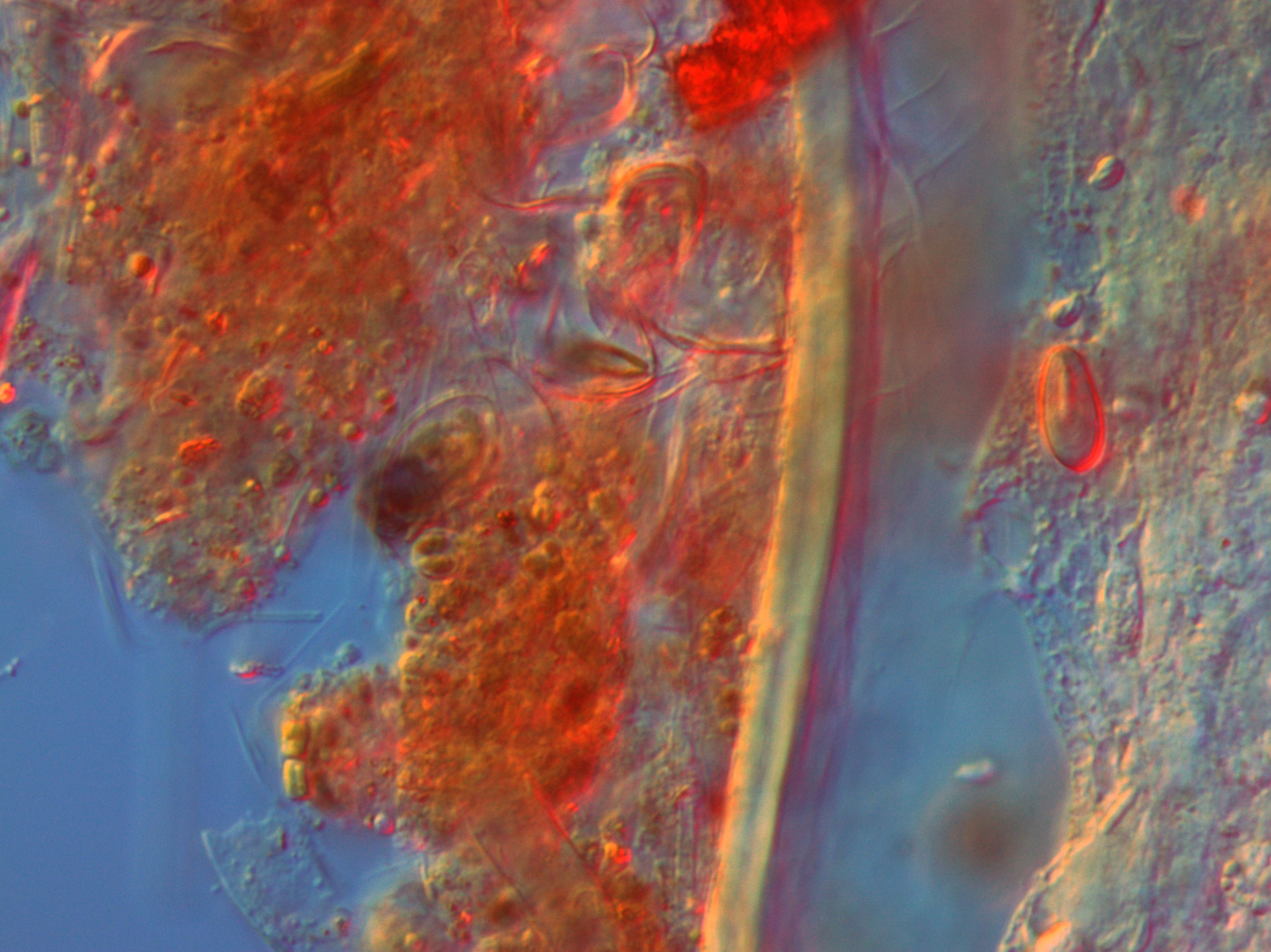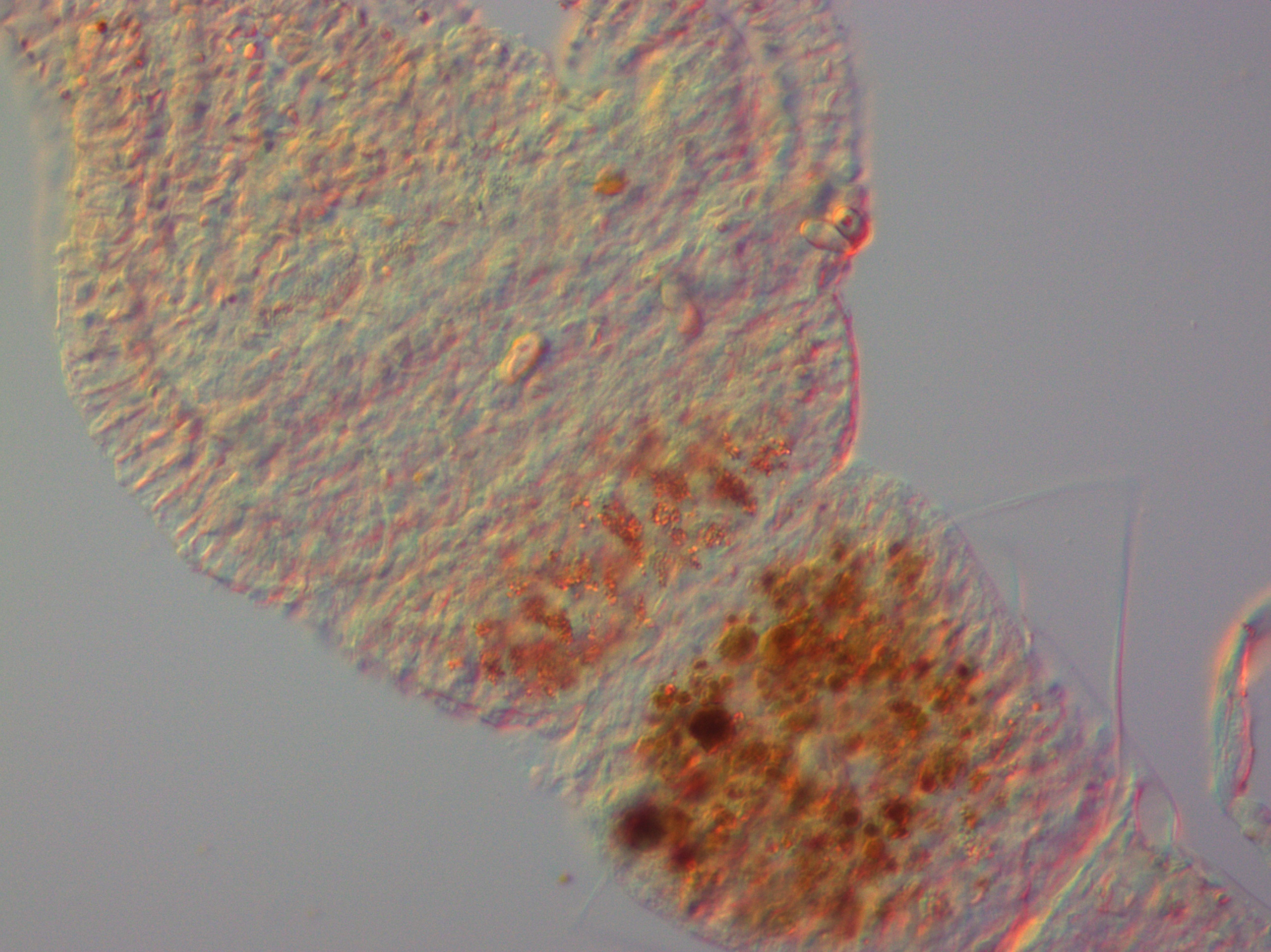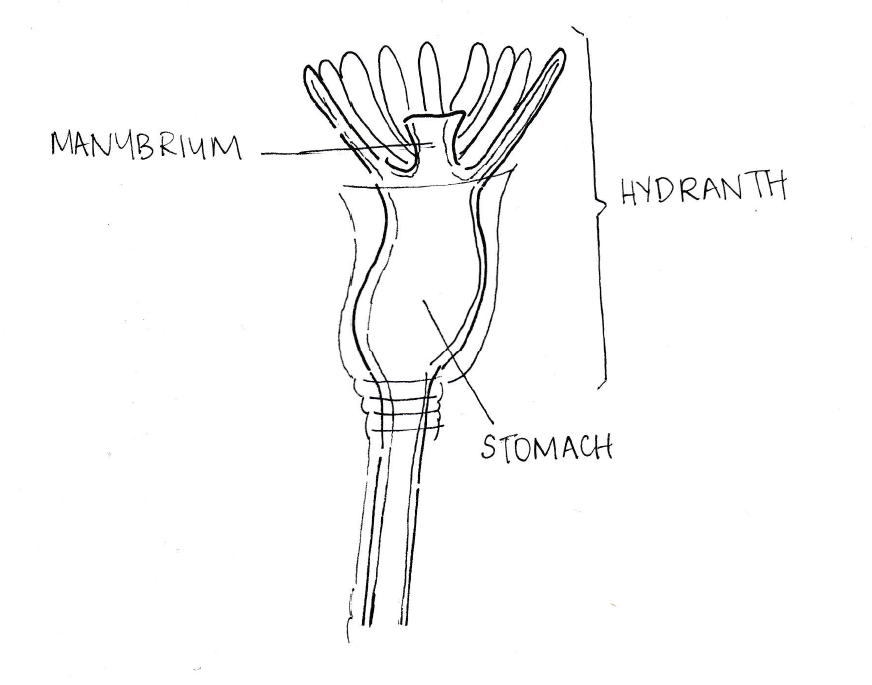Physical Description
 A feather like hydroid with upright stems (stolons) and numerous side branches arising alternatively from the stolon, they are typically white to pale-yellow and ranging from 3-6cm in height. Branches bear polyps at equal intervals facing upwards (all in the same direction) with the hydrothecae. Since it is characterised under the order Leptothecatae, we can see the characteristic theca formed at the tentacle base. The hydranths normally have 16-24 number of tentacles although that number is extremely variable. A feather like hydroid with upright stems (stolons) and numerous side branches arising alternatively from the stolon, they are typically white to pale-yellow and ranging from 3-6cm in height. Branches bear polyps at equal intervals facing upwards (all in the same direction) with the hydrothecae. Since it is characterised under the order Leptothecatae, we can see the characteristic theca formed at the tentacle base. The hydranths normally have 16-24 number of tentacles although that number is extremely variable.
Generally for hydroid species, a nematophore has been defined to be a modified polyp without a mouth for defense, armed with nematocysts (Cornelius, 1995). The ones protected in the theca are termed nematothecae. Within the family Kirchenpaueriidae, nematophores are in all species but the nematothecae are either reduced or completely absent.
The nematophore consists of two parts: the fixed cnidostyle (/nematostyle) and the mobile sarcostyle. The latter is an extodermal amoeboid process whereas the cnidostyle is composed of ectoderm and endoderm, on top of which is a cluster of large dischargeable nematocysts. The sarcostyle normally expands while remaining in contact with the skeleton and in it's extended state protrudes thin pseudopodia that is able to phagocytose small granules on the surface of the skeleton. Unlike some families within the Hydrozoa, some species within the Kirchenpaueriidae don't have a well separated cnidostyle and sarcostyle.
 
In the two images shown above, you can easily see the nematocysts in the epidermal layer (the dark bands).
(left: along the main axis: the stolon, right: at the top of the cnidostyle).

(Gastrozooid - hydroid. Further described in the "Life History and Behaviour")
|